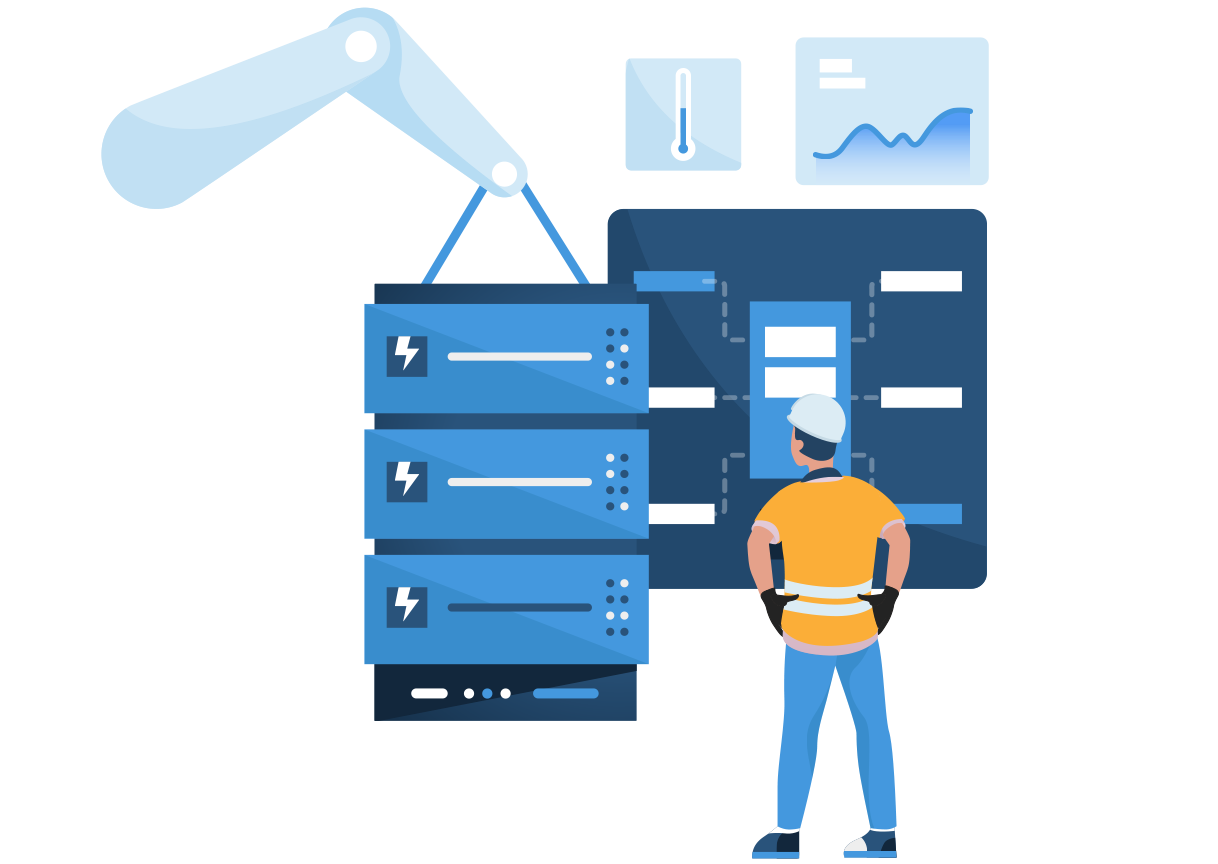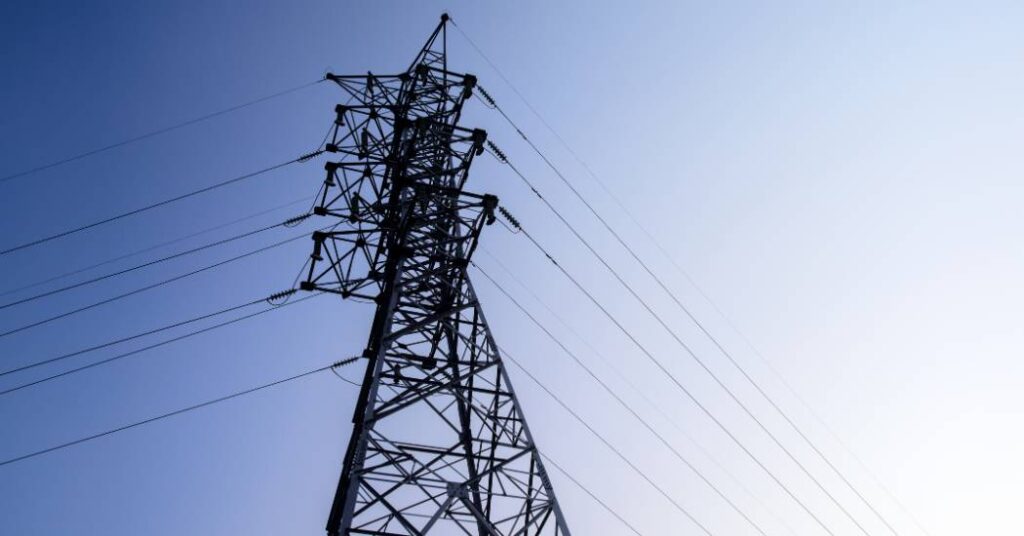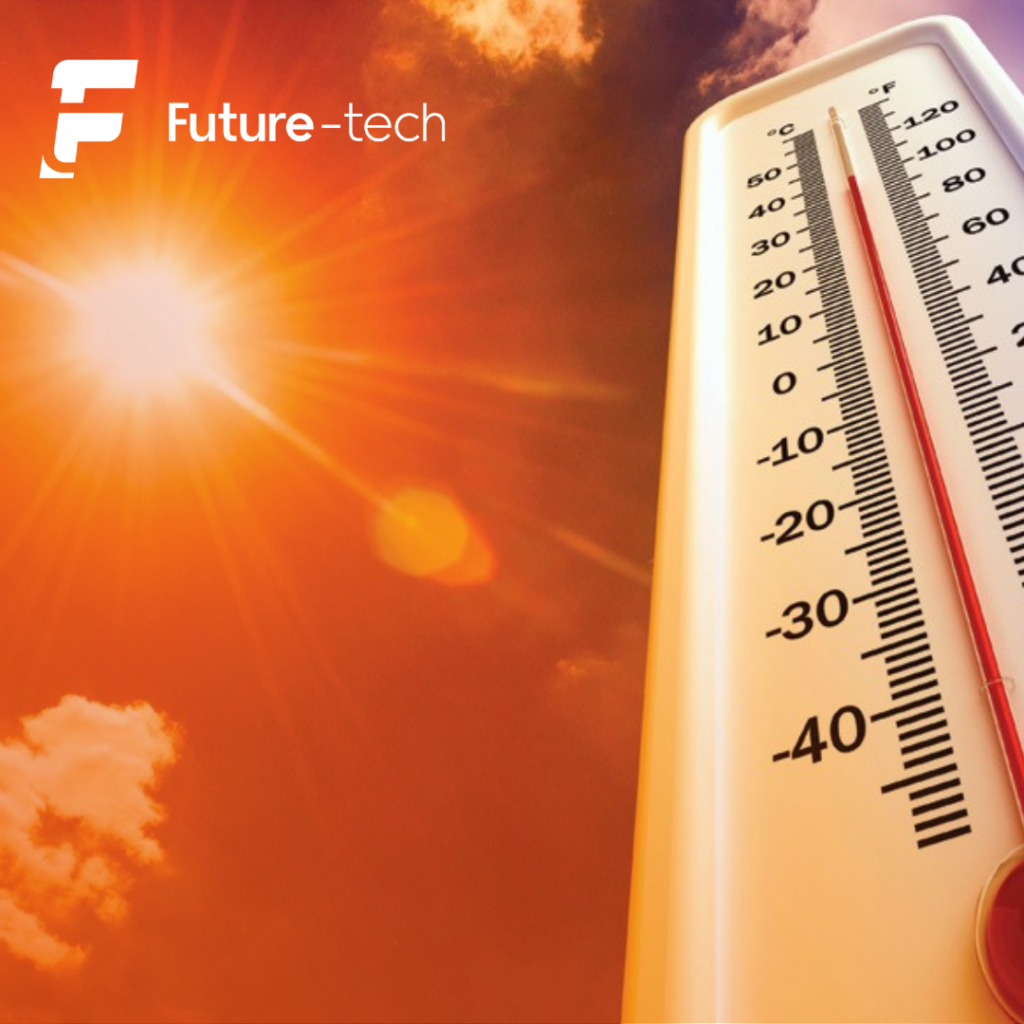Services – Cooling
Air Handling
All data centres that utilise conventional air cooled servers require some form of server room air conditioning to maintain a stable environment.

About Air Handling Units
Data centre air handling units (AHUs) come in a number of different configurations. The most common types are as follows:
- Down-flow – this is the most common type of server room air conditioner experienced in enterprise data centres. The term downflow refers to the way the air moves through the unit. In this configurations exhaust air from the servers enters the top of the AHU, is pulled across a cooling coil and blown, by internal fans, into the data centre’s under-floor plenum. These units generally have EU4 filtration or similar internally and can be combined with direct fresh air systems. Downflow units are deployed using either chilled water or direct expansion cooling systems, or a combination of the two together in some free-cooling applications.
- Up-flow – generally only encountered in legacy data centres up flow air handling units work the opposite way to downflow units. Due to advances in aisle containment technology and data centre design up flow units are very rarely deployed in new data centres.
Both Down-flow and Up-flow AHU’s are often still referred to as CRAC Units or simply CRAC’s, from their historic name i.e. Computer Room Air Conditioning Units
- In-Row – originally brought to market by APC most AHU manufacturers now have an in-row product offering. Whereas up and downflow systems move the air vertically in-row units move air horizontally, pulling it directly from the hot aisle, cooling it, then delivering it directly to the cold aisle. Within certain sets of physical constraints, in-row units do have advantages over vertical airflow systems. In-rows are very efficient in their use of fan energy as there is no external resistance to the airflow and they offer high cooling duties relative to their footprint.
- Rear door heat exchangers – both active and passive rear door systems, like in-row systems, move the air horizontally. Rear door systems place the cooling coils at the rear of the server cabinet and can support very high densities. They are extremely space efficient and offer even greater cooling duty per m2 of floor space than In-row cooling. With good design and the right configuration of heat rejection plant, they can provide exceptional energy efficiency.
Why Choose Future-tech?
These are some of the more common server room air conditioners and CRAC systems used in today’s data centre air handling. There are others and it is important to note is that each configuration will have different pro’s and con’s depending upon the particular requirements and constraints of each application.
When it comes to data centre air flow there is no “one size fits all” solution. Depending on the physical constraints associated with your specific building or location any of the above could be best. By working with Future-Tech we can help establish your project’s unique drivers, requirements and constraints and with this information we will select the air handling solution that best achieves your projects goals.



